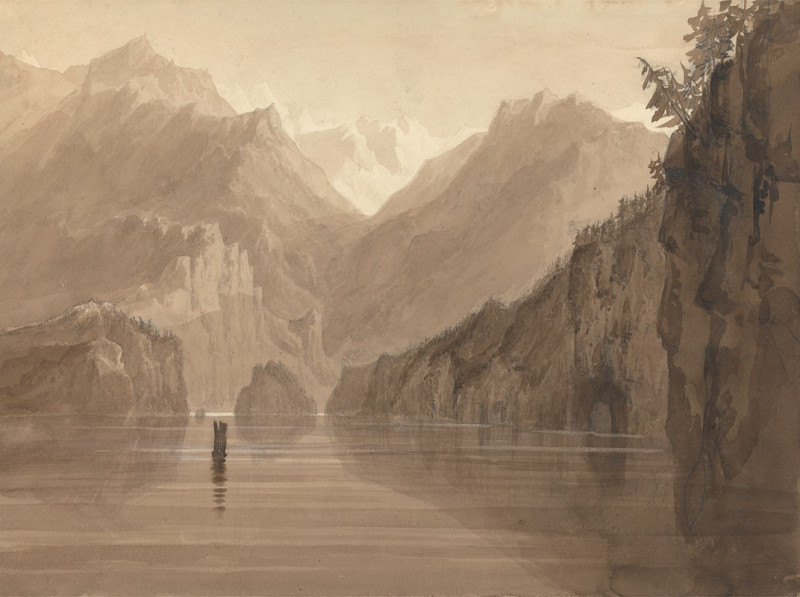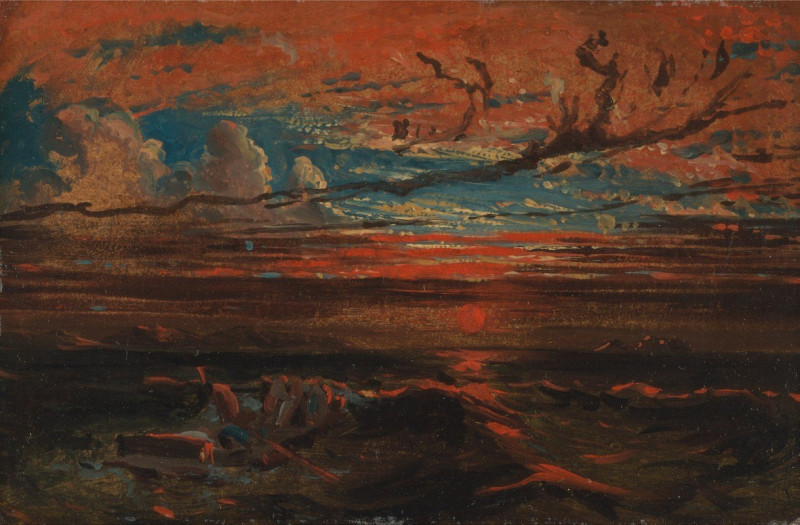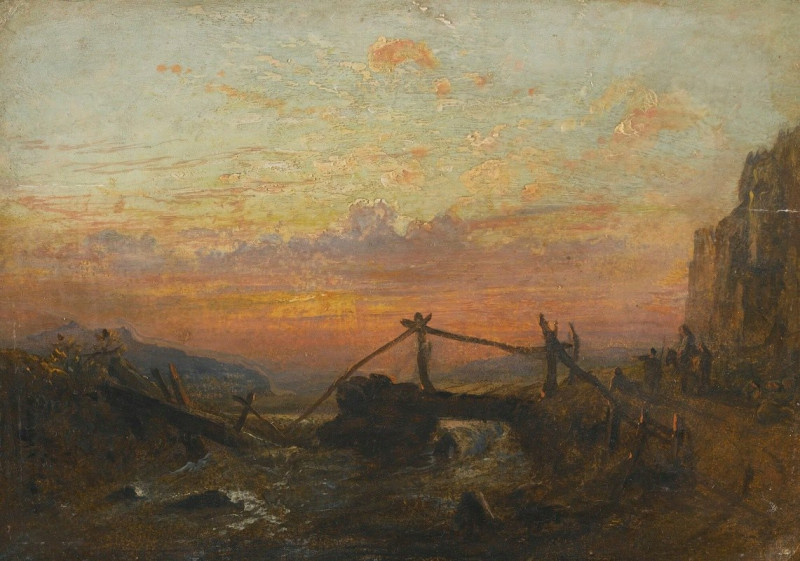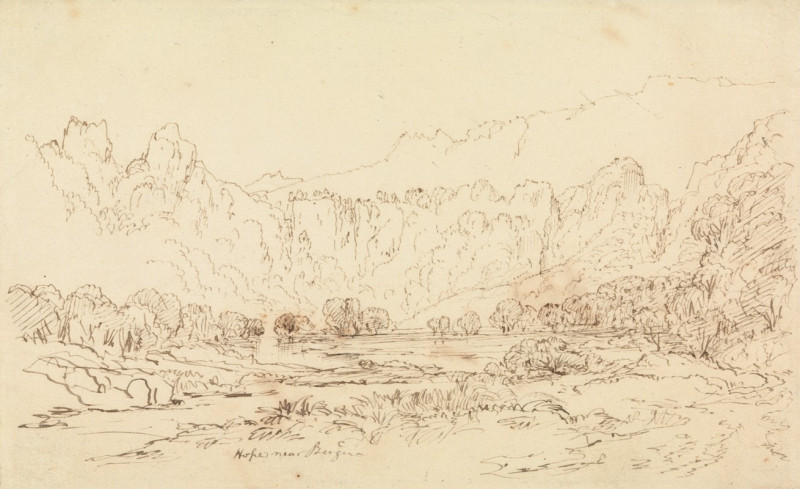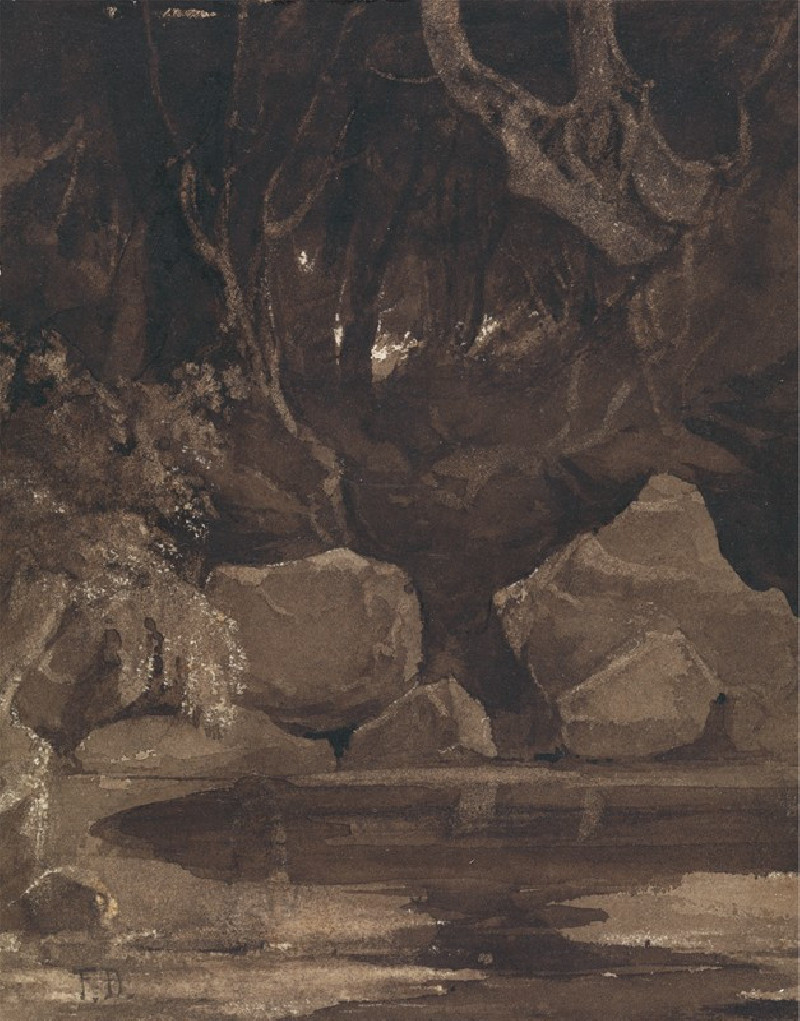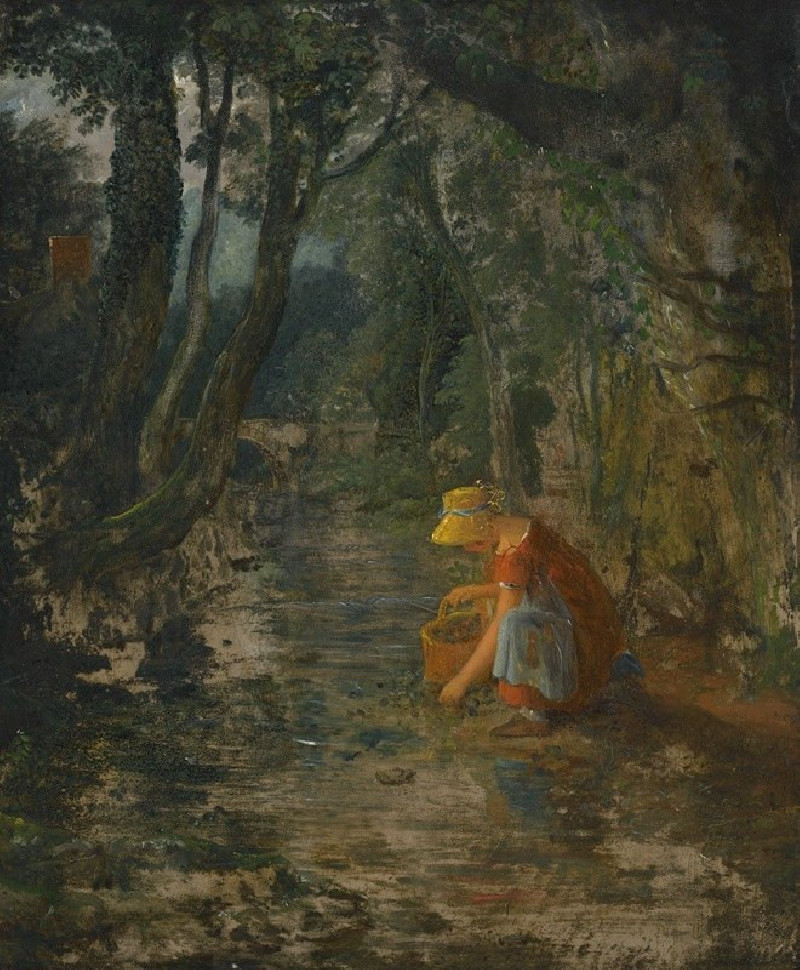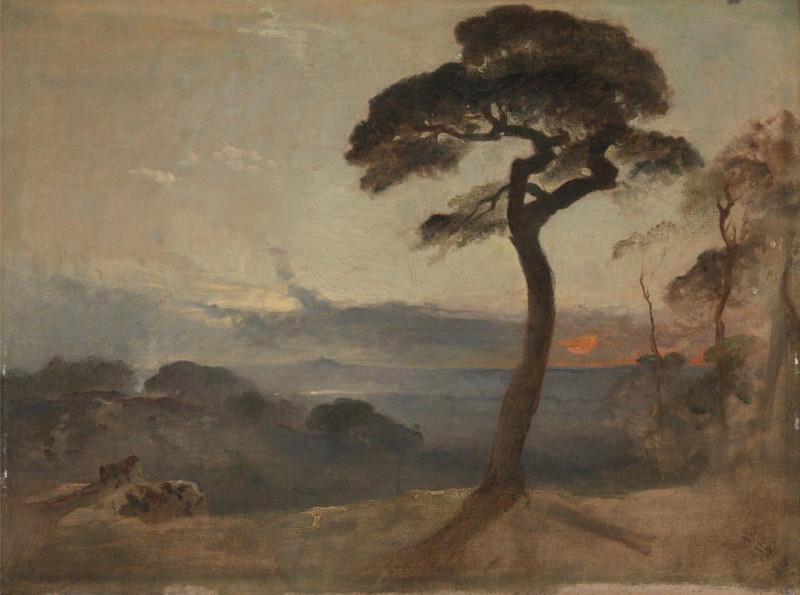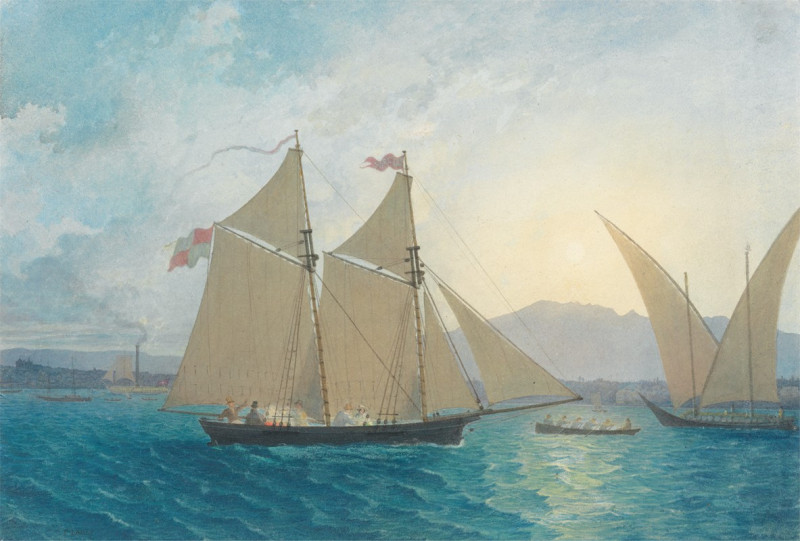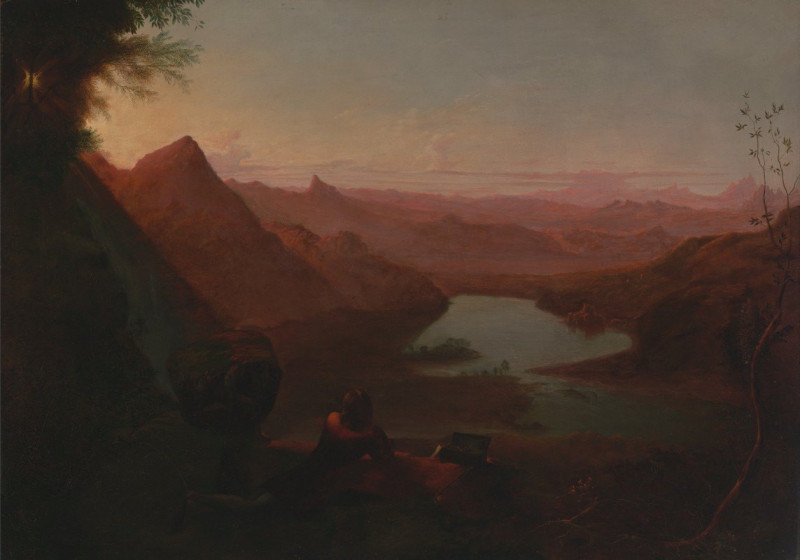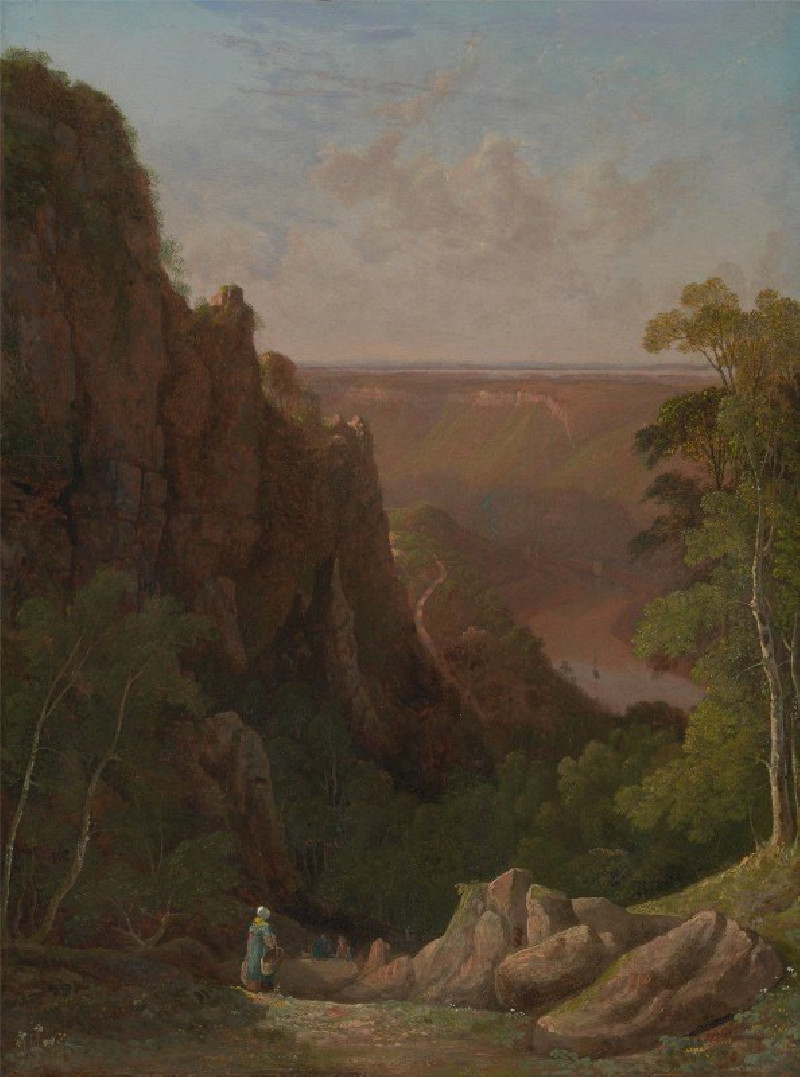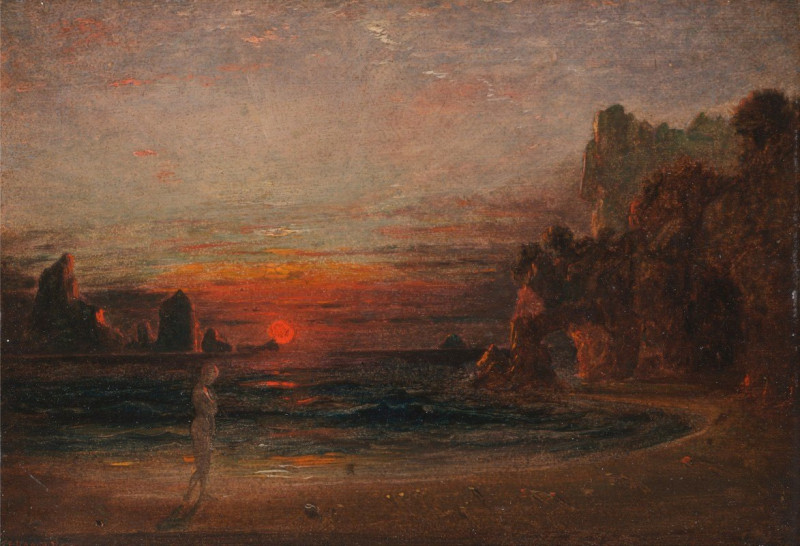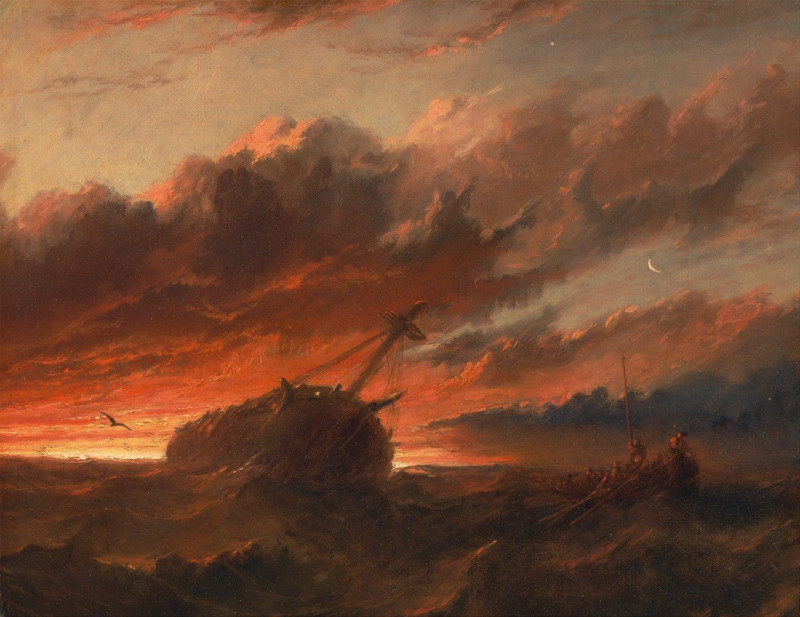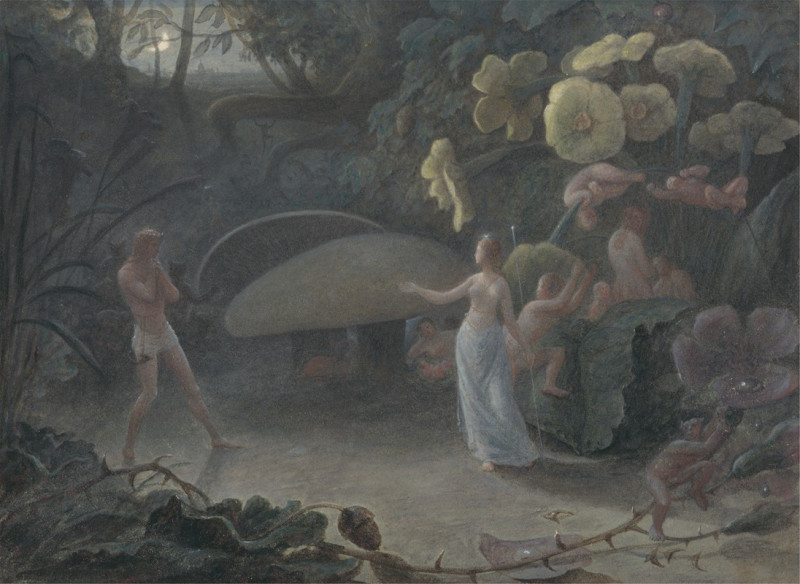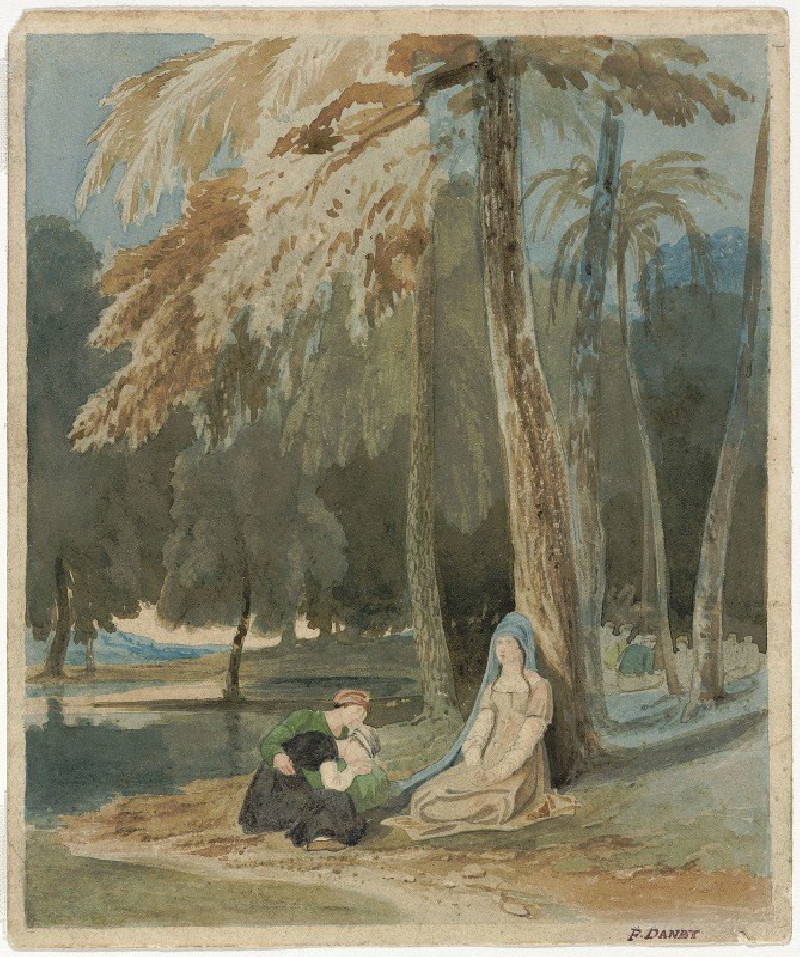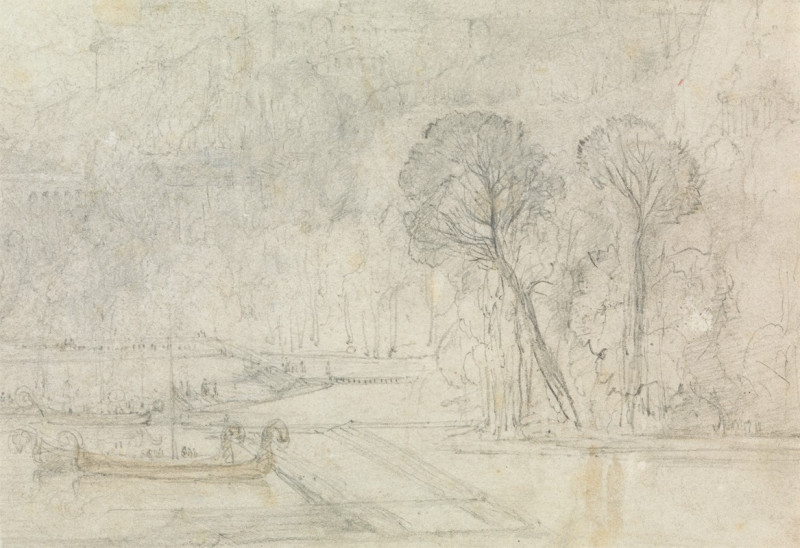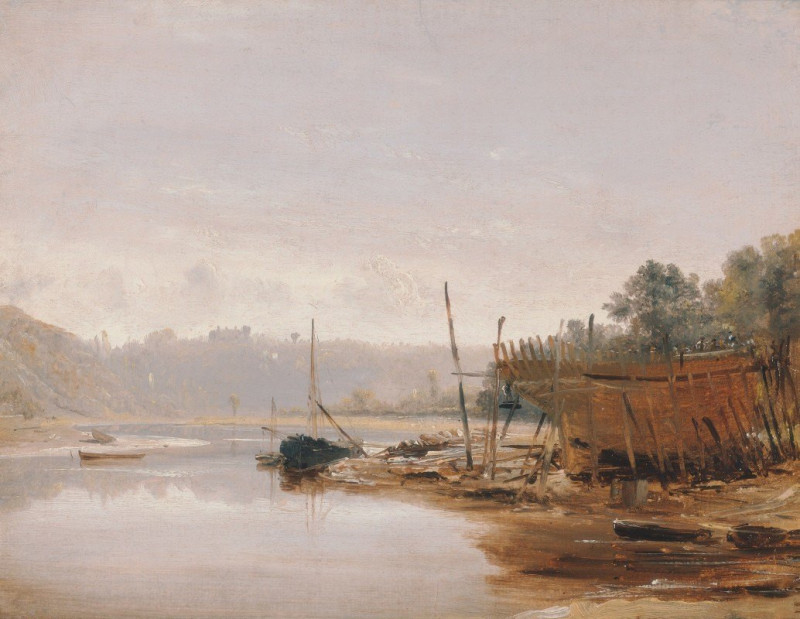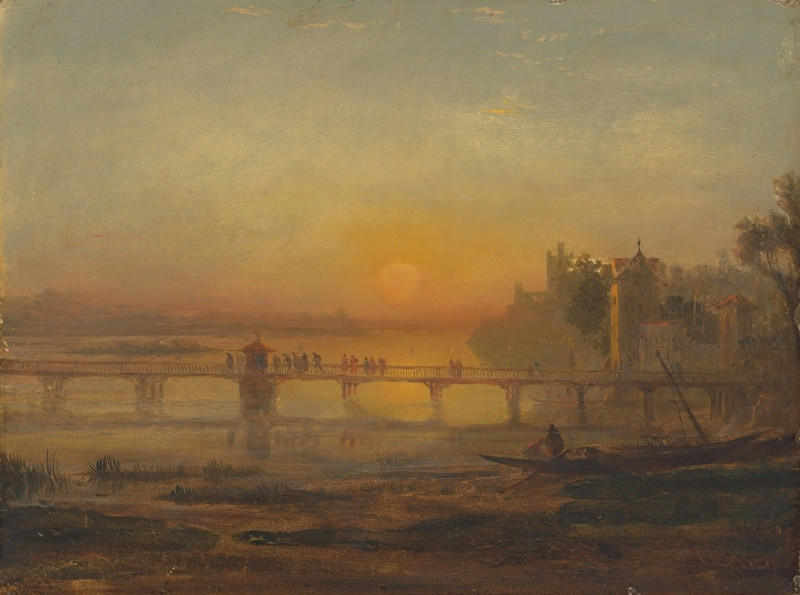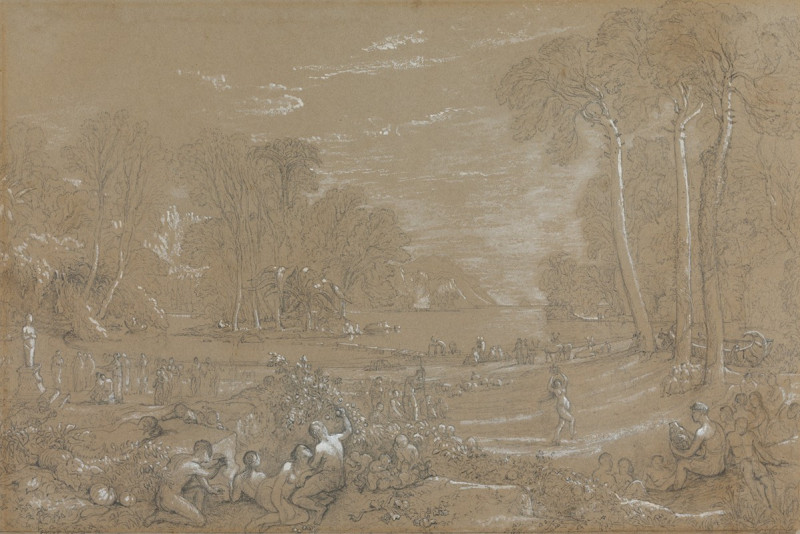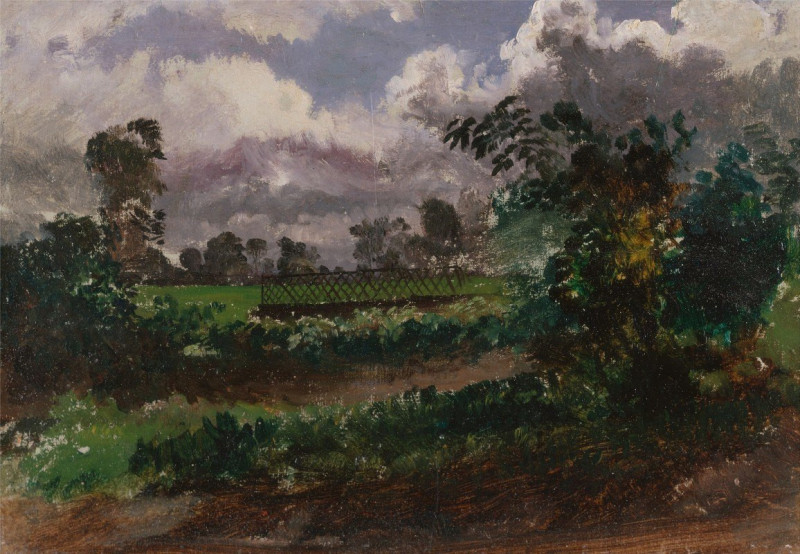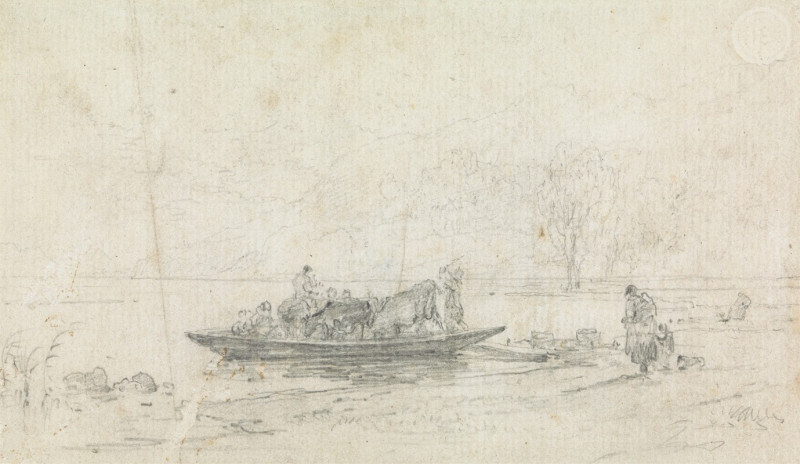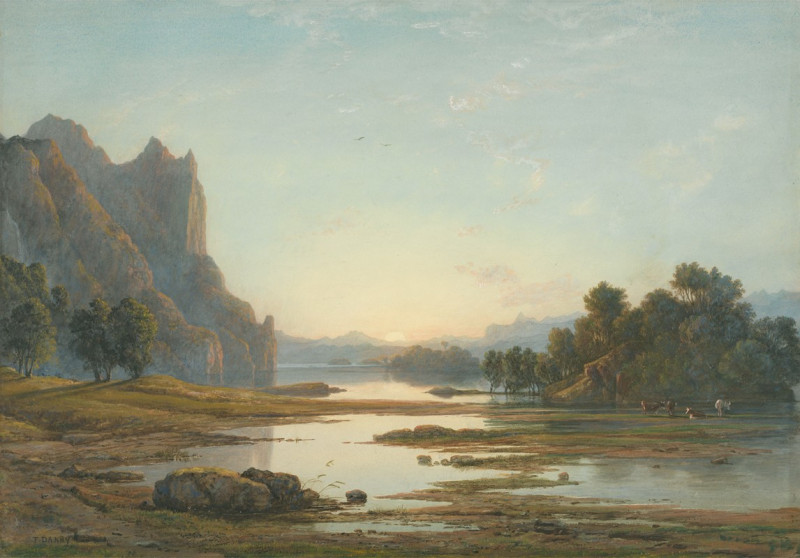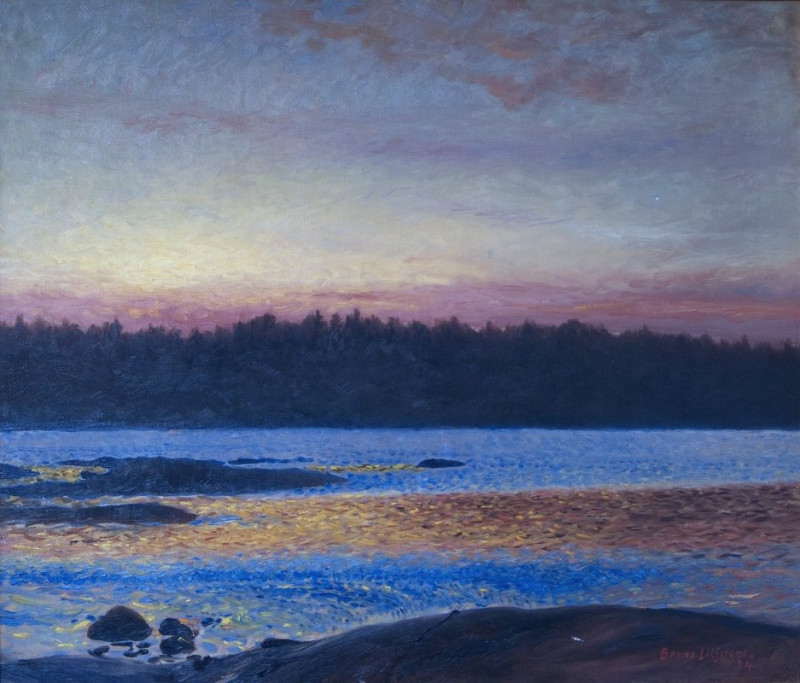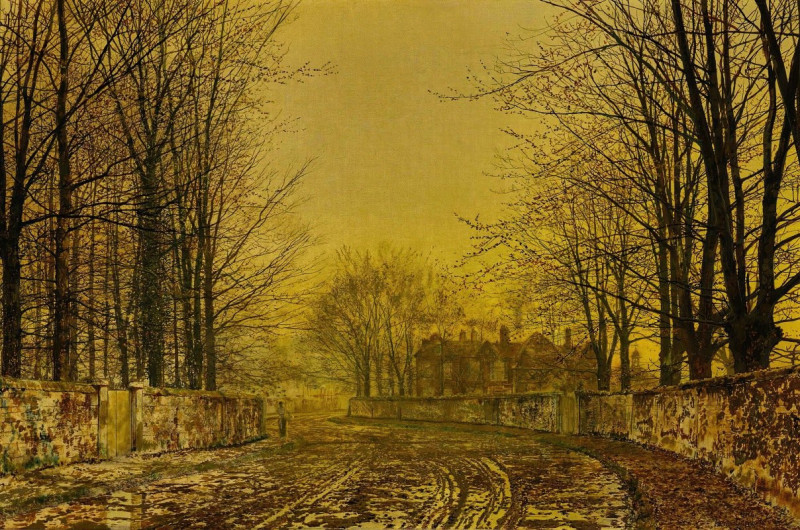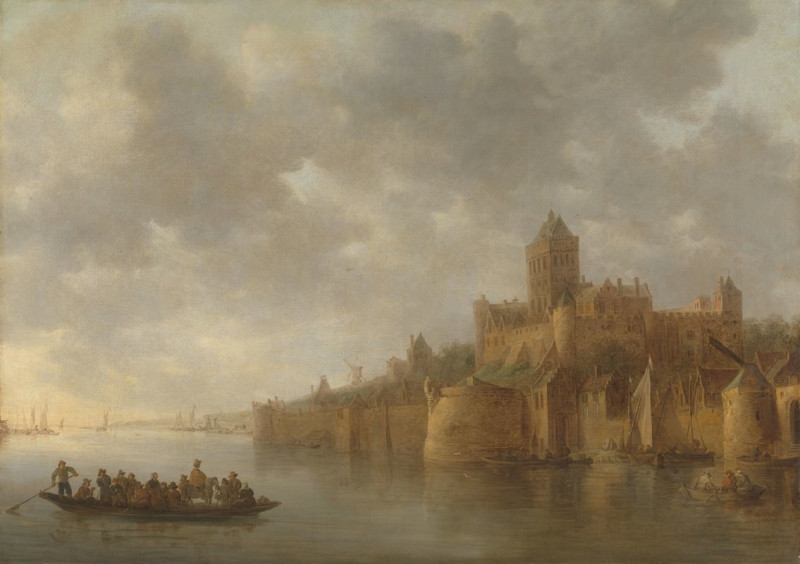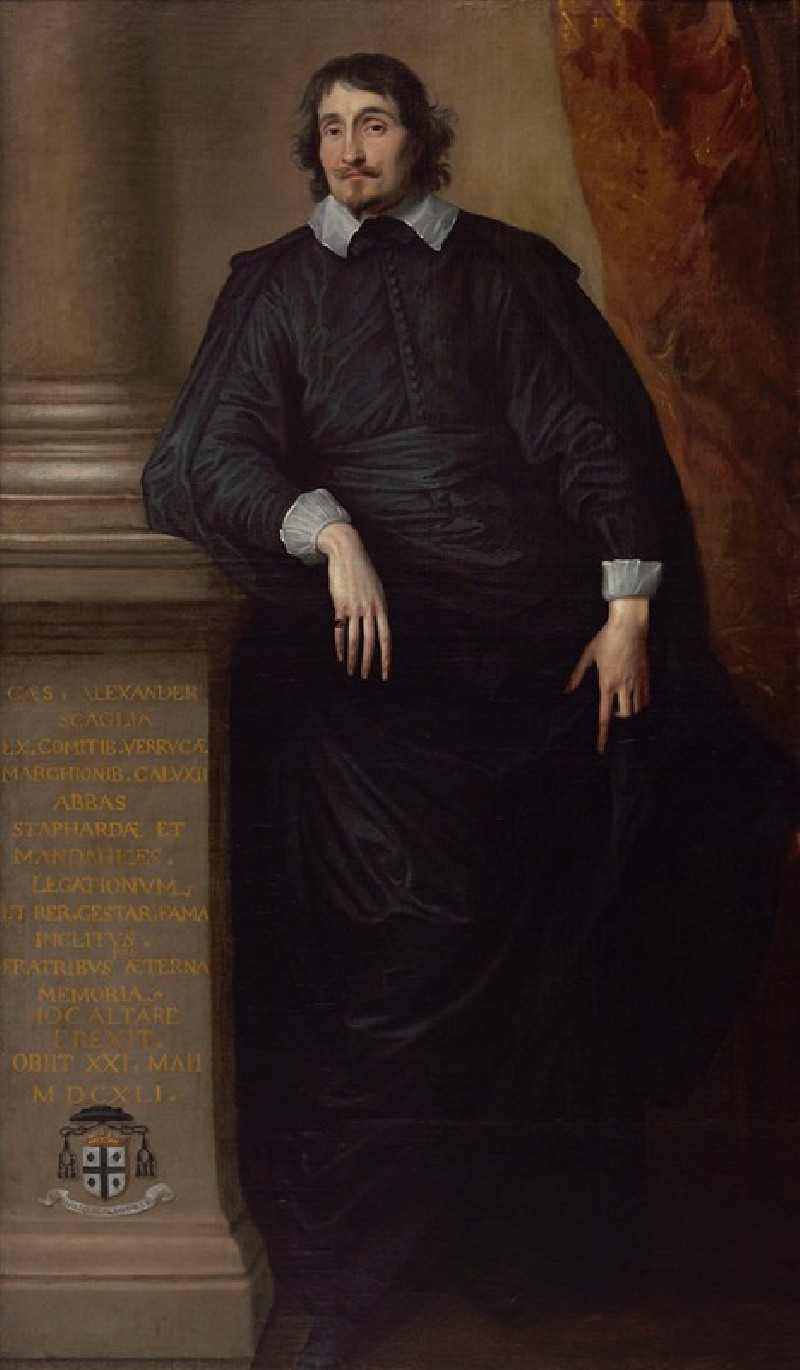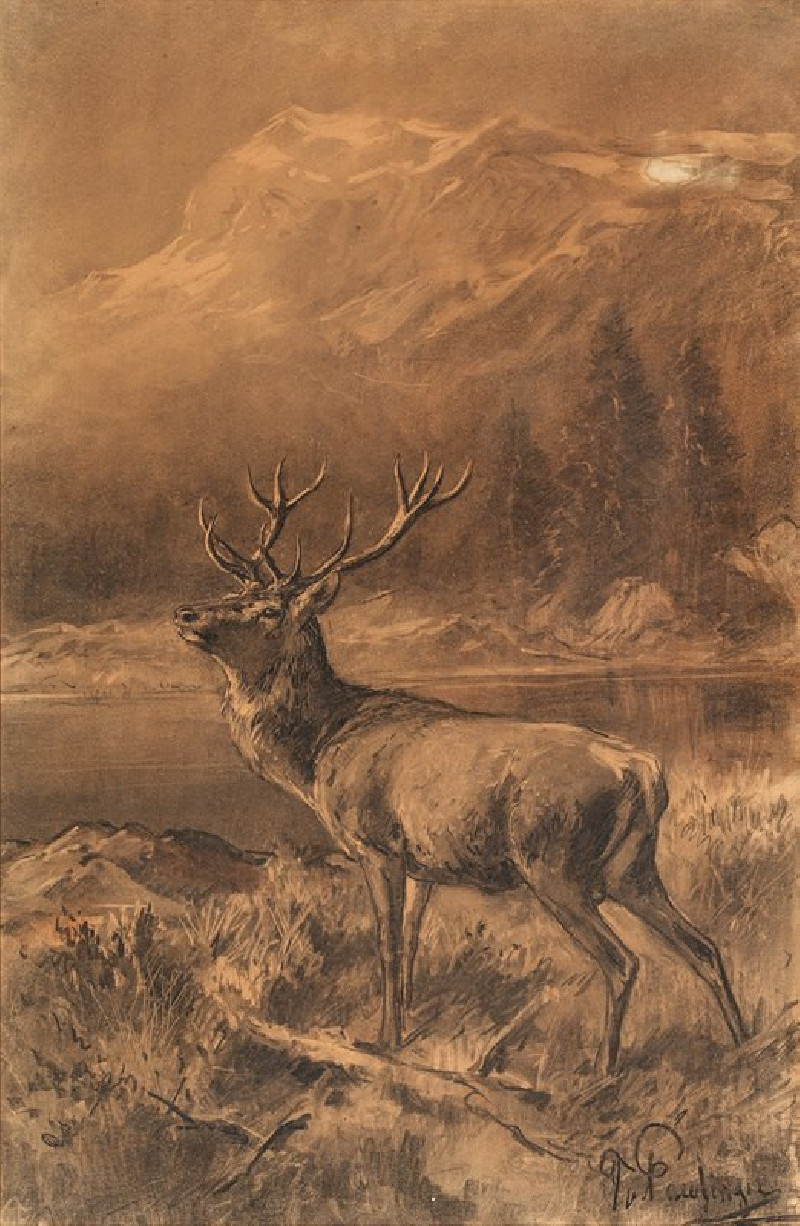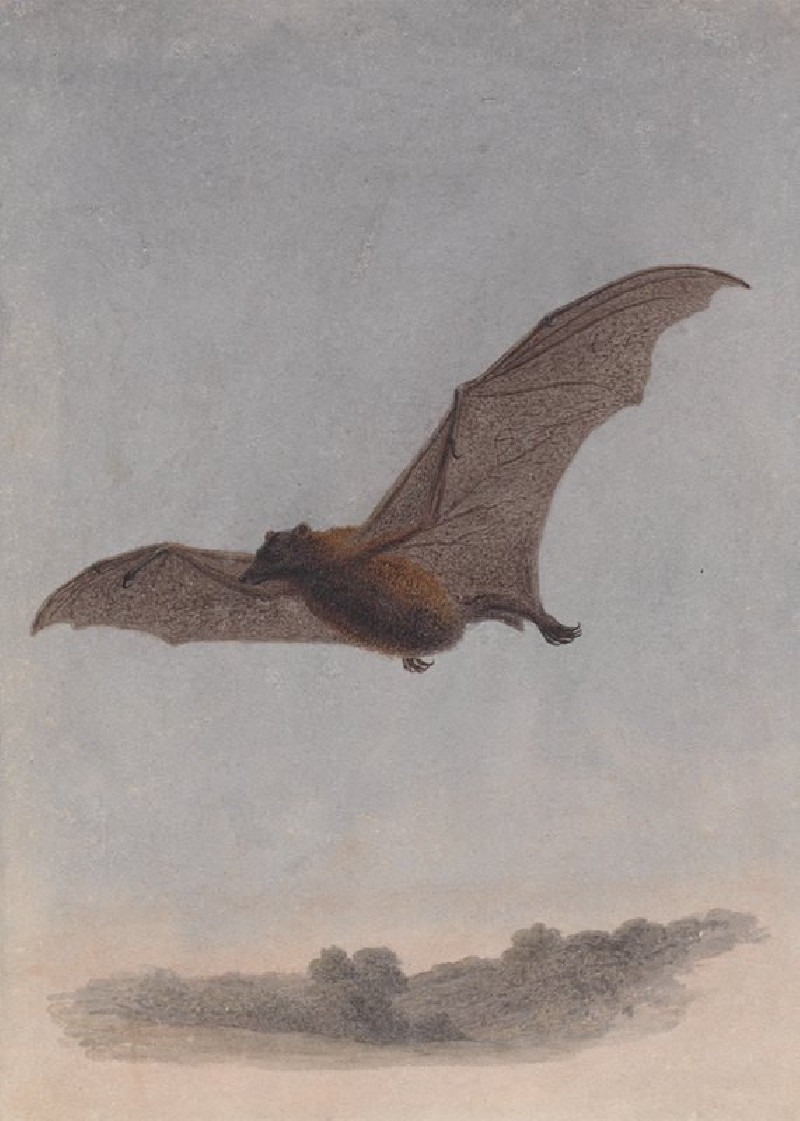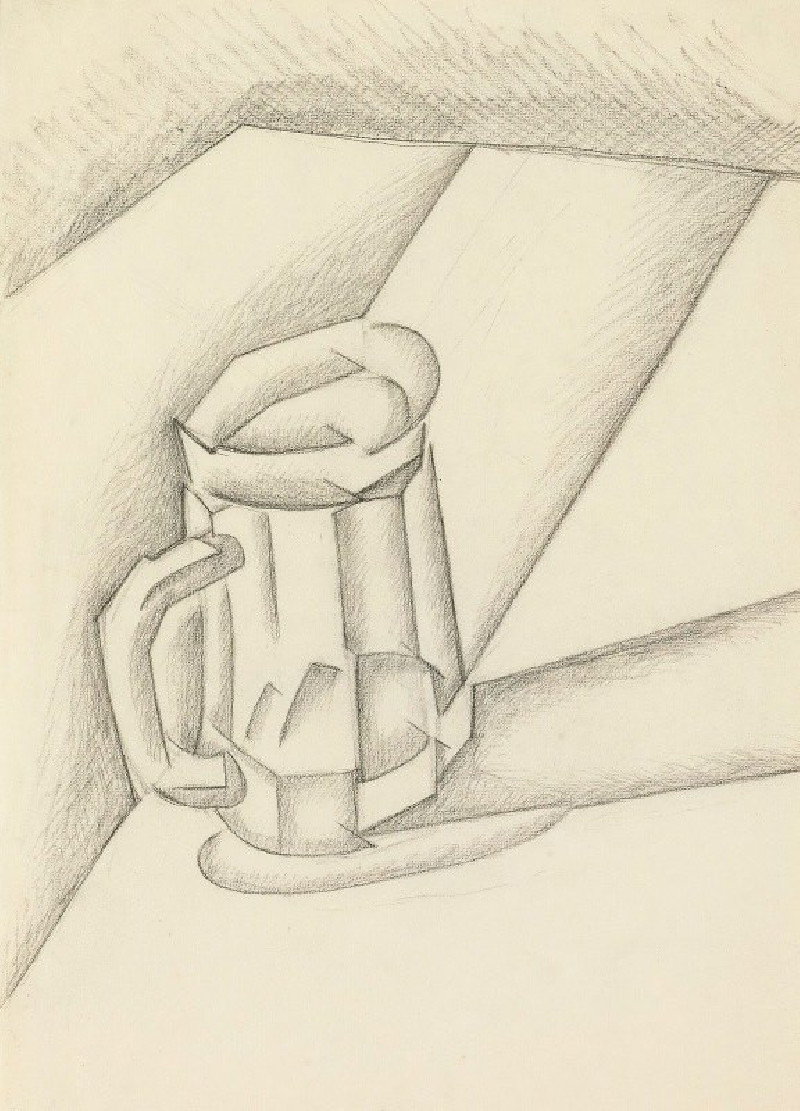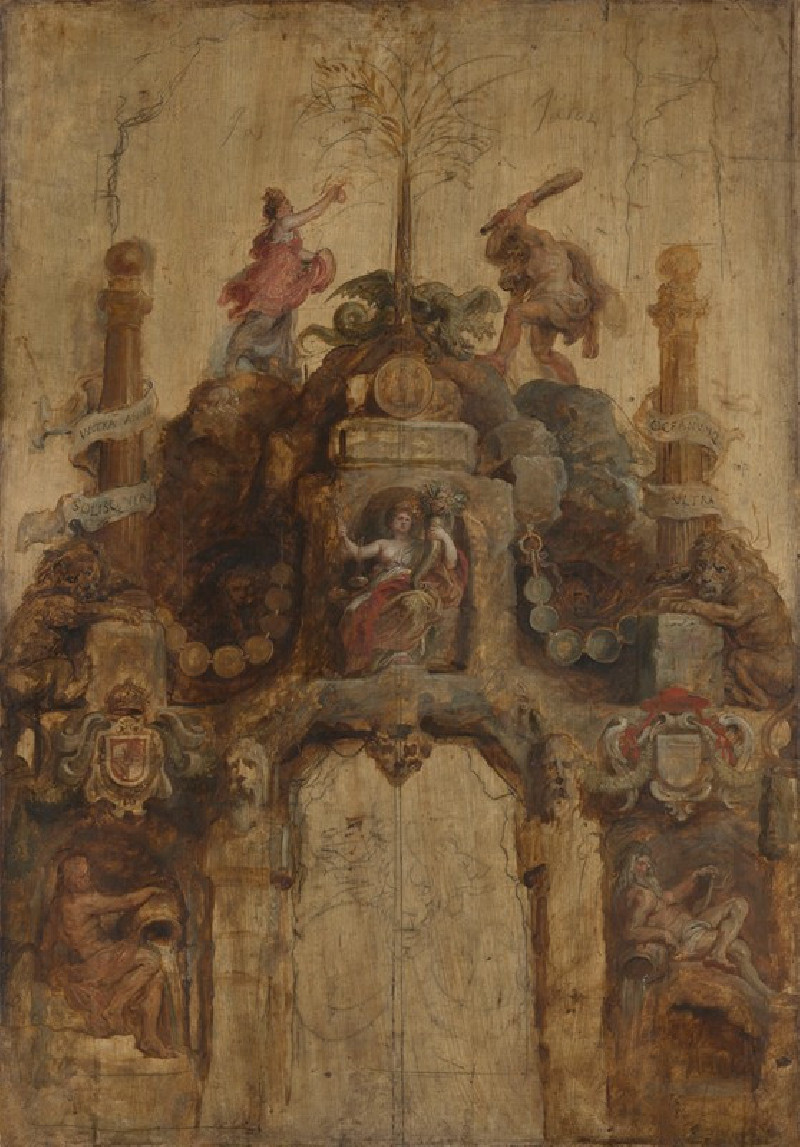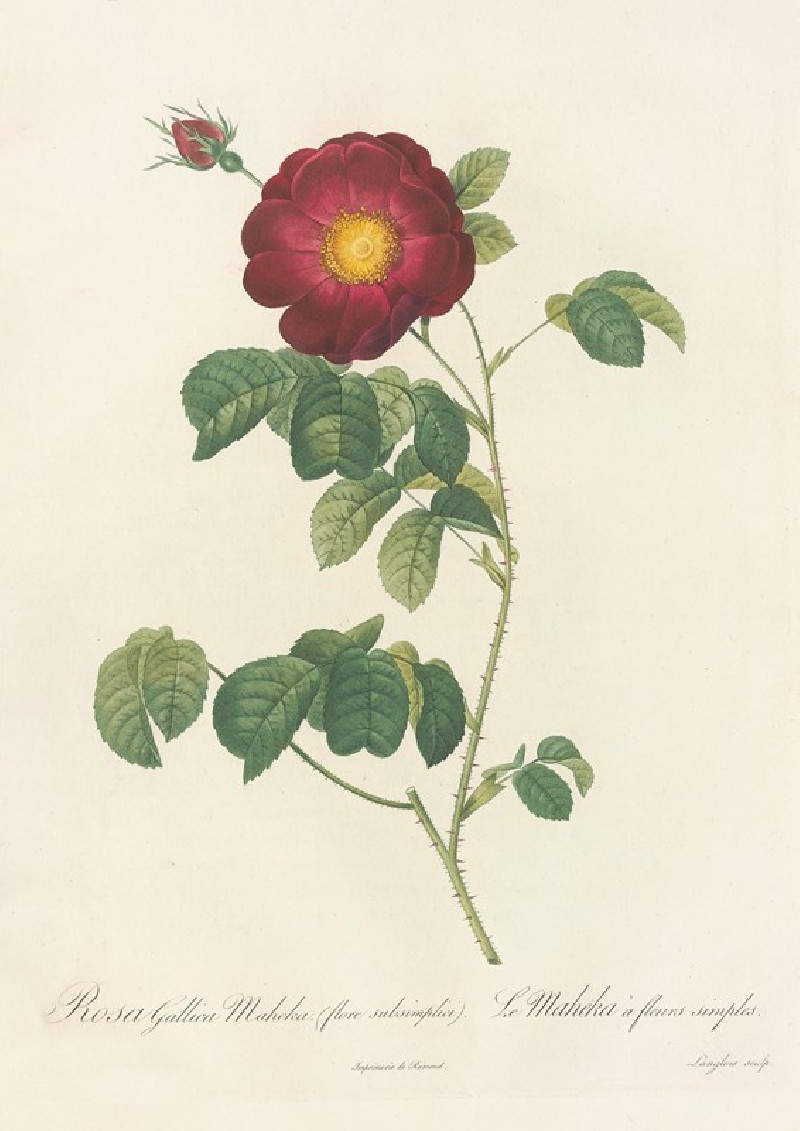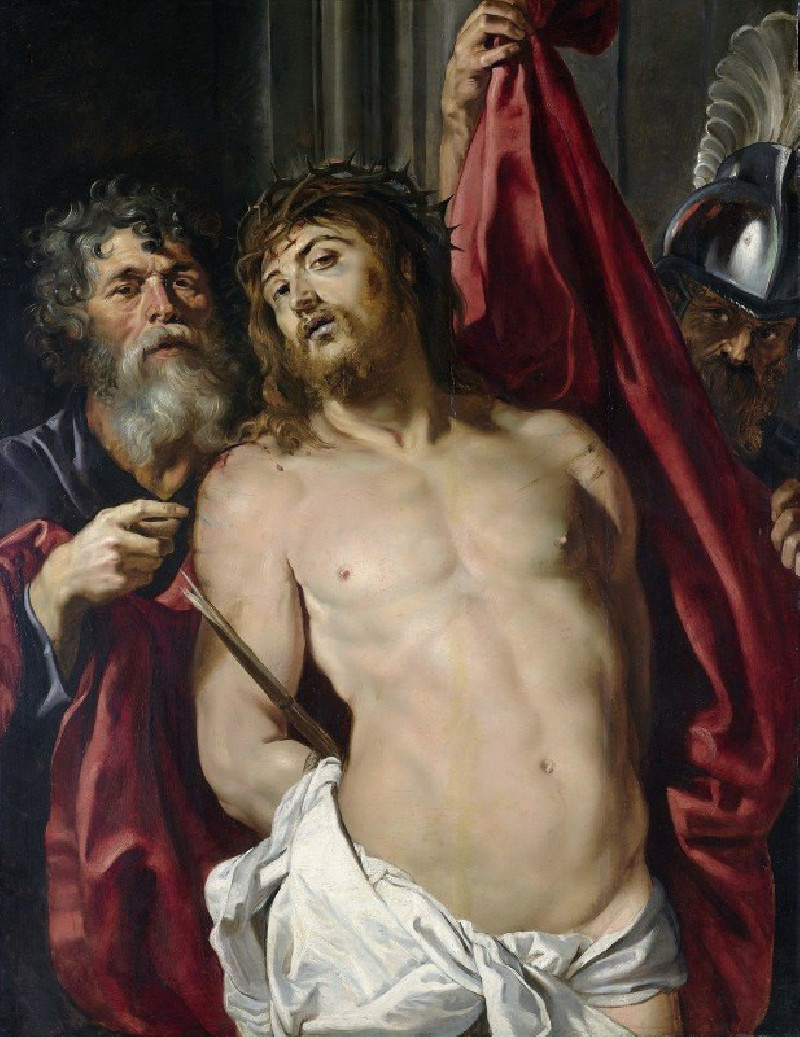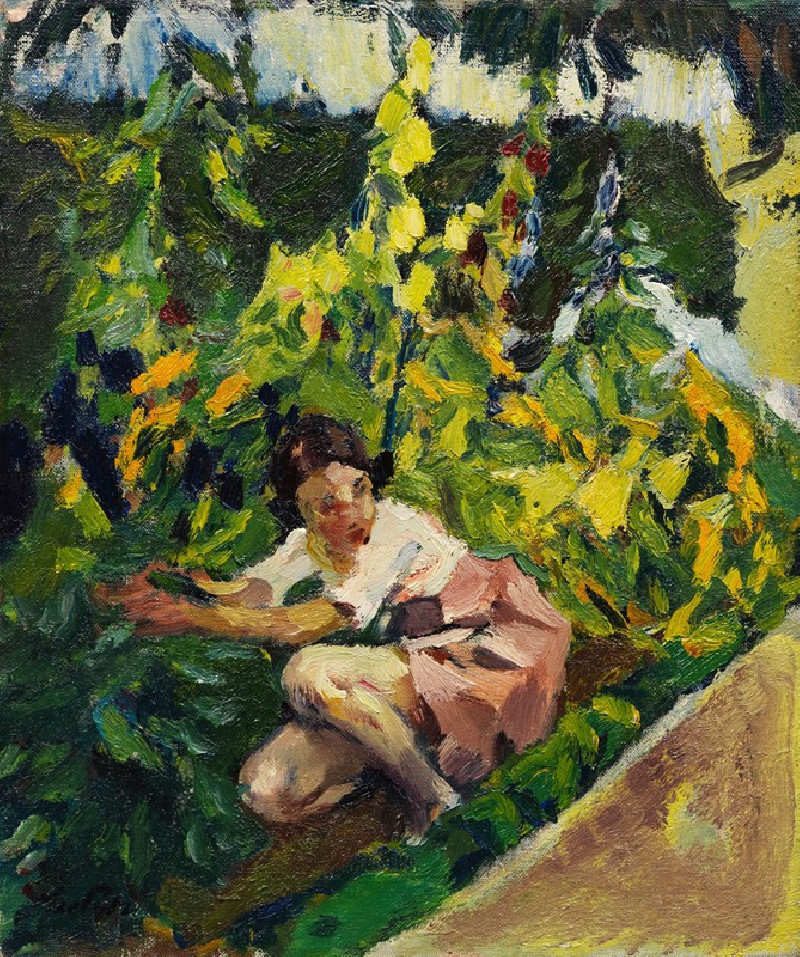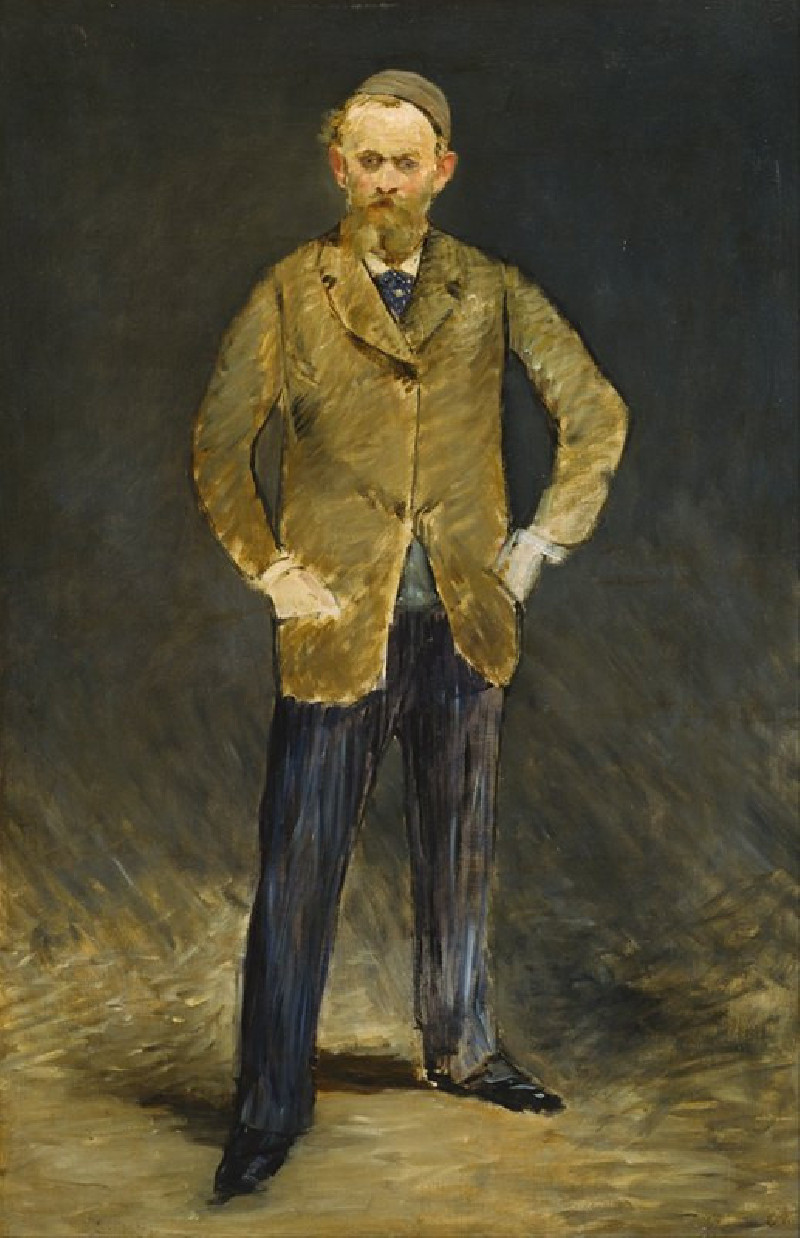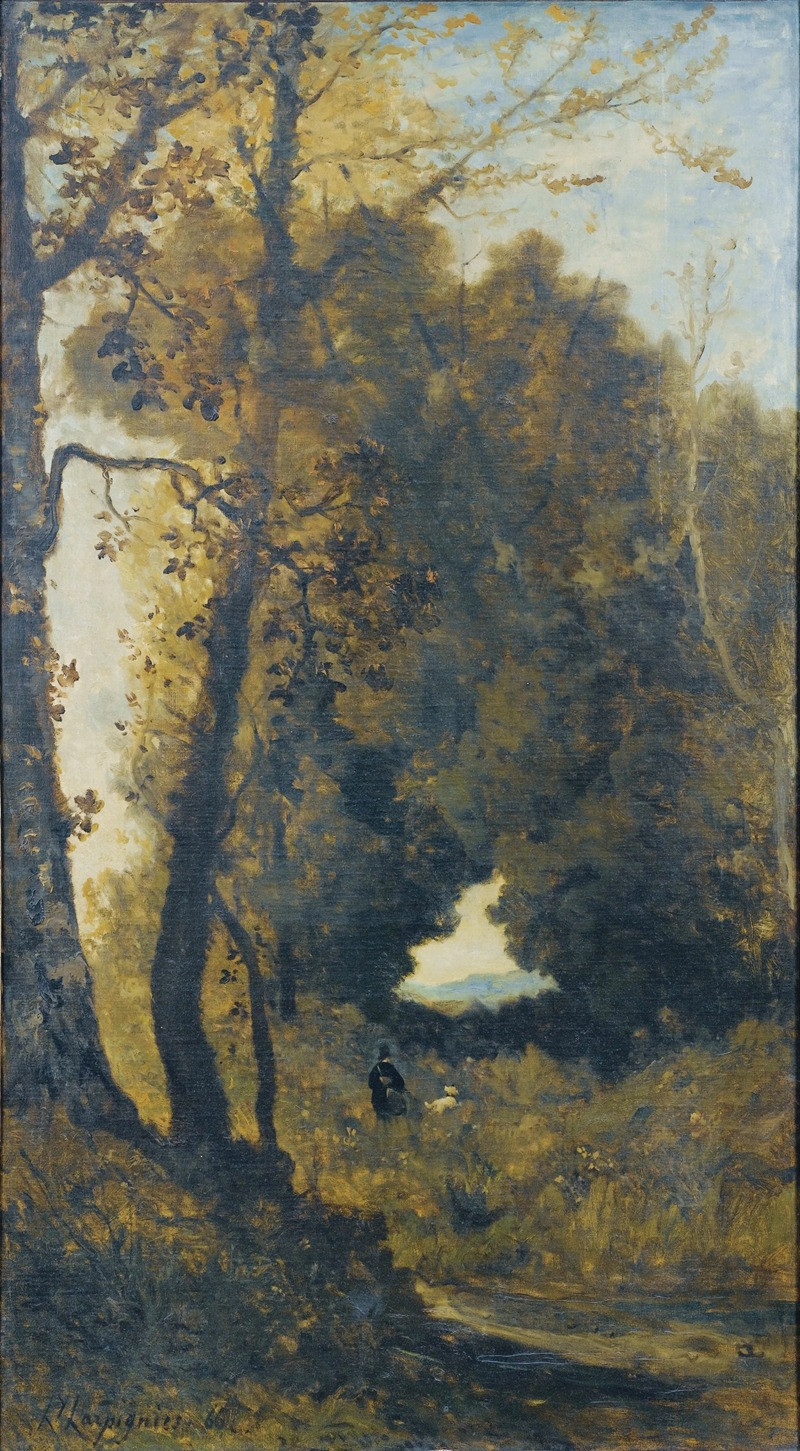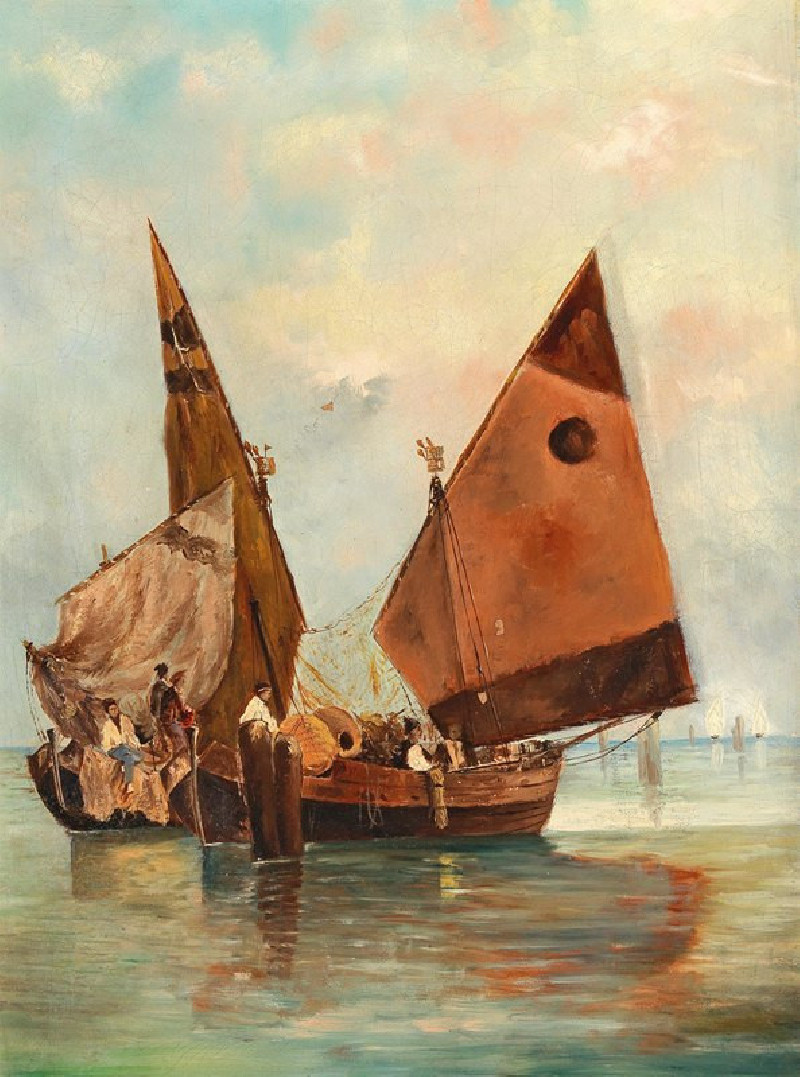A Lake in Norway (ca. 1825)
Technique: Giclée quality print
Recommended by our customers
More about this artwork
Dive into the serene landscape of "A Lake in Norway," an evocative painting by the notable British artist Francis Danby, dating back to around 1825. This artwork captures a breathtaking view of a Norwegian lake, set amidst majestic mountain ranges and rugged cliffs, reflecting Danby’s masterful handling of watercolor and his keen eye for natural beauty.The composition of the painting draws viewers into a peaceful reflection of Norway's natural elegance. The foreground features tranquil lake waters, which mirror the surrounding landscape with a glassy calmness. Ensconced between steep rocky cliffs, the lake is a central element, leading the eye toward the distant mountains shrouded in a light mist. This subtle interplay of light and shadow, expertly rendered by Danby, enhances the depth and vastness of the scene.Notice the delicate gradations of brown and gray tones, which lend a dreamlike quality to the painting. The gentle ripples on the water's surface, combined with the soft atmospheric perspective, evoke a sense of quiet isolation and untouched wilderness. Small details, such as the faint outlines of trees clinging to the rocky edges and the minute reflection of a solitary stump in the lake, add intricacy and life to the otherwise desolate scenery."A Lake in Norway" is more than just a landscape; it's a visual poem, an ode to the sublime and awe-inspiring aspects of nature. This painting is perfect for those who appreciate the quietude and introspective tranquility that only such pristine settings can offer. It invites viewers to pause and reflect, much like the still waters it depicts, on the timeless beauty of nature’s vast, untouched landscapes.
Delivery
Returns
Francis Danby (16 November 1793 – 9 February 1861) was an Irish painter of the Romantic era. His imaginative, dramatic landscapes were comparable to those of John Martin. Danby initially developed his imaginative style while he was the central figure in a group of artists who have come to be known as the Bristol School. His period of greatest success was in London in the 1820s.

